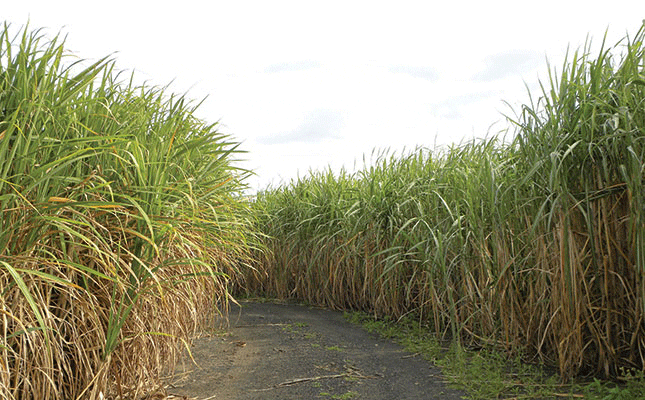Zimbabwe Sugar Sales (ZSS) general manager Tracey Mutaviri recently painted a bleak picture of local sugar sales in a report to the members of the ZSS board.

She said that as a result of depressed local sales, stock had been building up and warned that high closing stocks would delay closure of the 2023/24 season and continue to pose liquidity challenges for farmers as cash would be tied in stocks for a longer period.
“If the current trend persists to March 2024, stocks will potentially close at 94 000t by March 31, 2024, which will be 64 000t more than the planned closing stock of 30 000t.
“A high closing stock will delay closure of the 2023/24 season and continue to pose liquidity challenges for […] farmers as cash will be tied in stocks for a longer period,” she said in an article published by Bulawayo24.
To safeguard local producers grappling with declining sales, sugar imports into Zimbabwe needed to cease. Concerns were that by March next year, the country could find itself burdened with nearly 100 000t of domestically produced sugar due to sluggish local demand.
The retail price of imported sugar, primarily originating from Zambia, Malawi and Mozambique, equalled that of locally produced sugar.
Saul Chin’anga, spokesperson for the Zimbabwe Sugarcane Development Association, questioned the reason behind Zimbabwe’s continuing importation of sugar when the country produced enough sugar for domestic consumption and even exported to niche markets like the US, earning valuable foreign currency.
“There is therefore no need for imports from a supply side. Currently the country has large stocks of sugar in warehouses. When local sugar sales do not move, farmers are impacted in that they get paid for their sugar on the basis of cash received price,” he said.
Post forecasts by the US Department of Agriculture’s Foreign Agricultural Service in the meanwhile indicated that Zimbabwe’s sugar exports would decrease by 3% to 25 000t in 2023/24, down from 25 692t in 2022/23.
This was based on continued decline in exports to the region and restrictive trade policies in Kenya, which was often the largest market for raw sugar exports before 2021/22.
Forecasts also showed that sugar production in Zimbabwe could increase by 3% to 410 000t in 2023/24, up from 396 683t in 2022/23. This is based on an increase in the quantity of sugar delivered to mills, improved sugar cane quality and constant sugar mill efficiencies.


